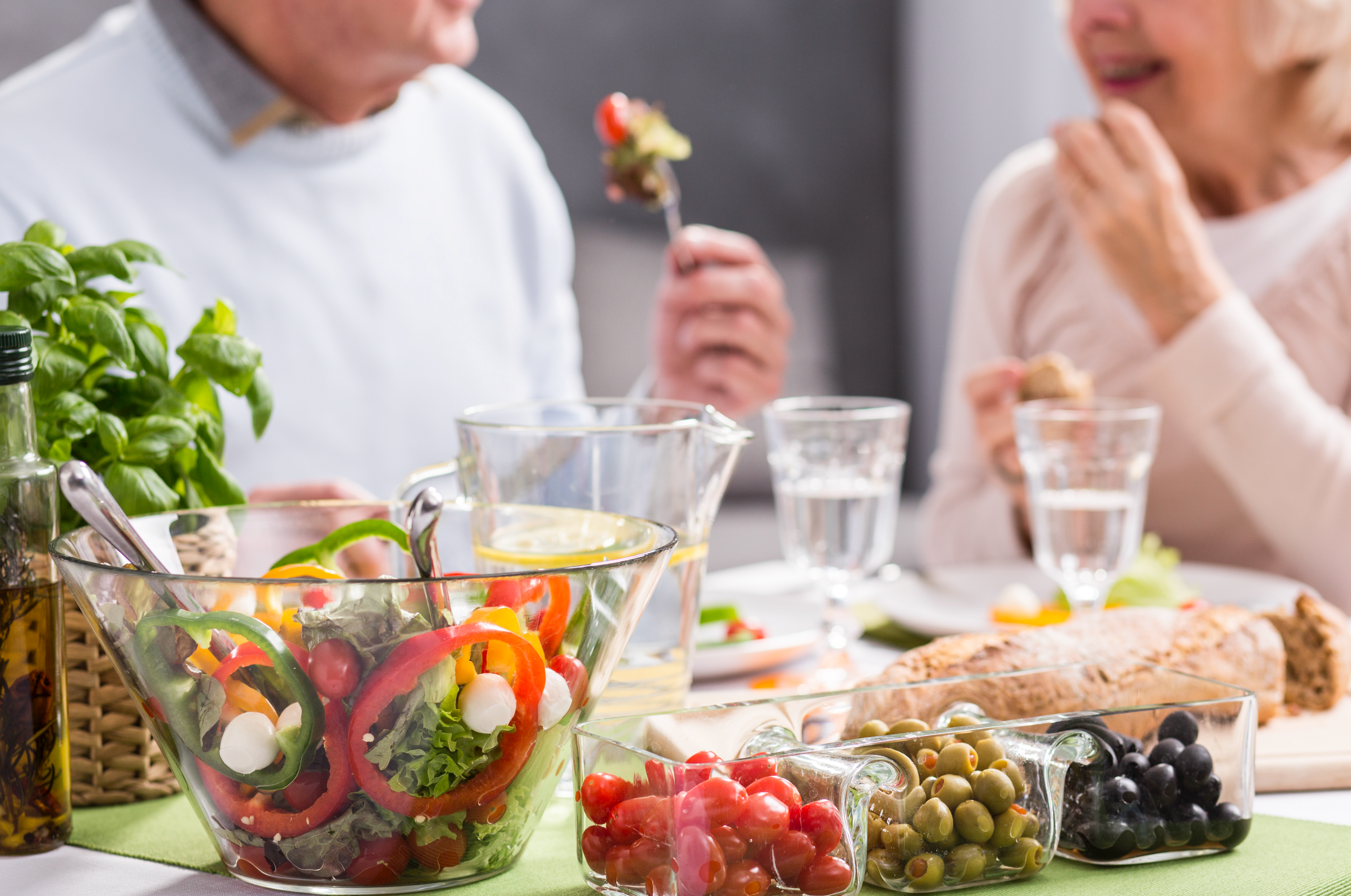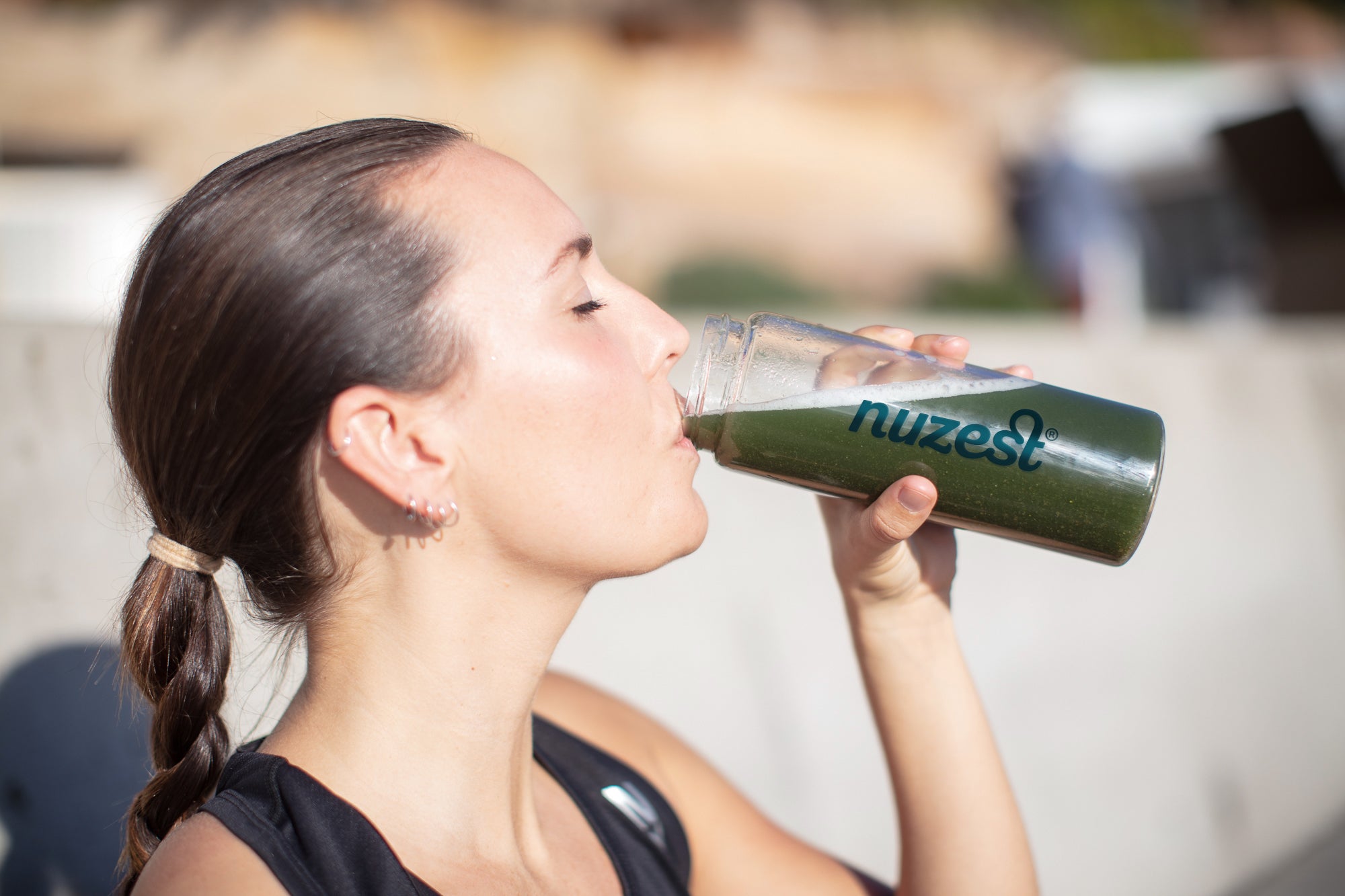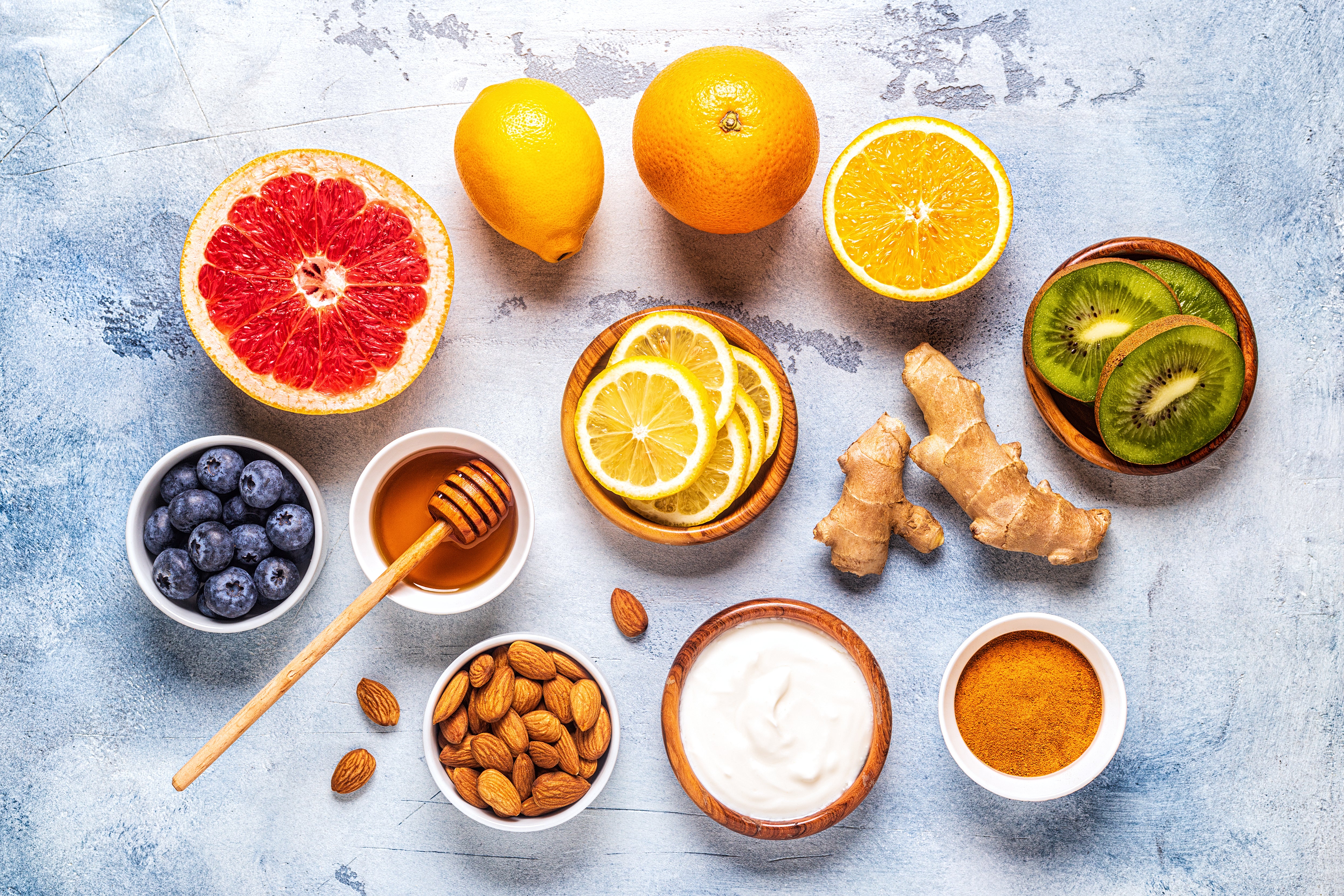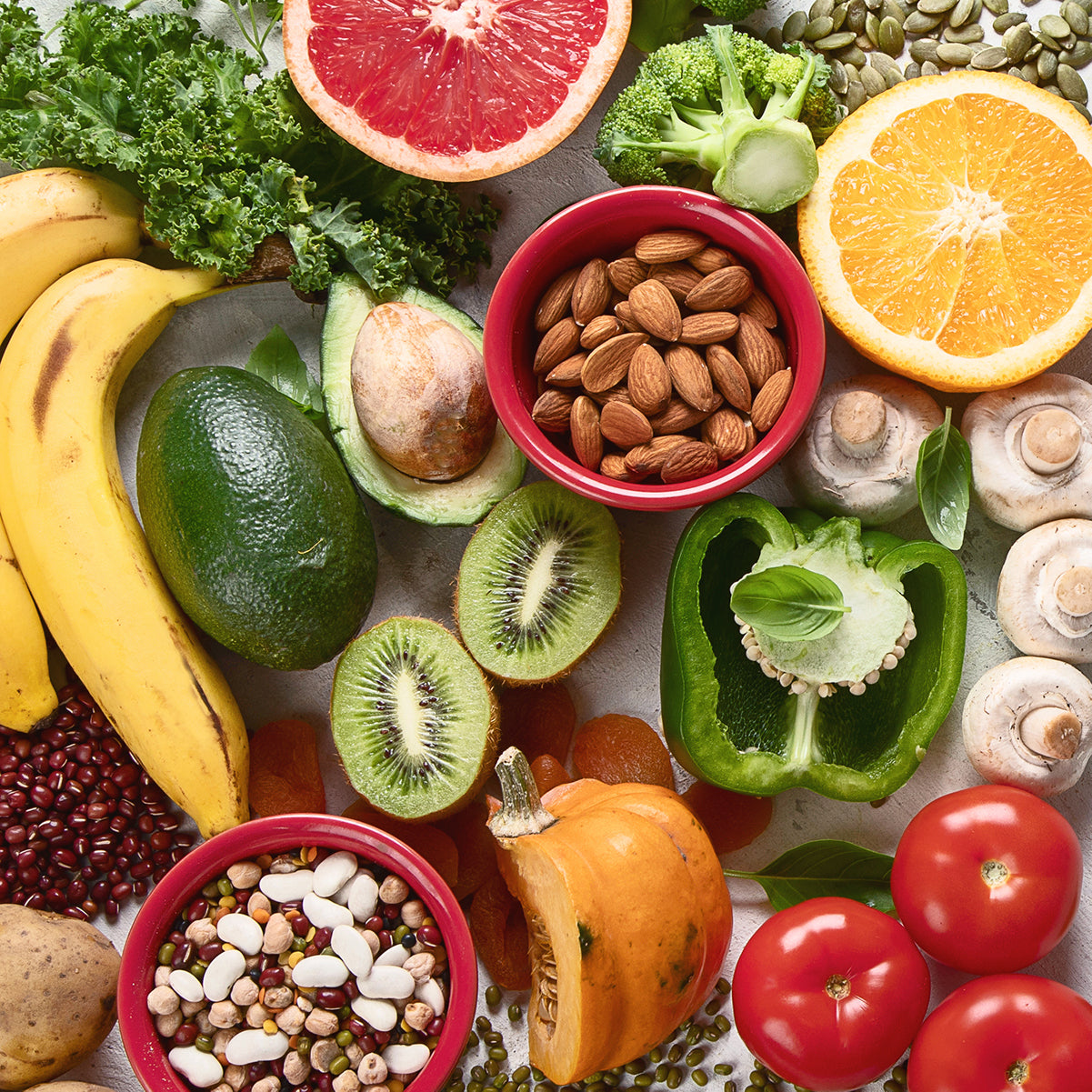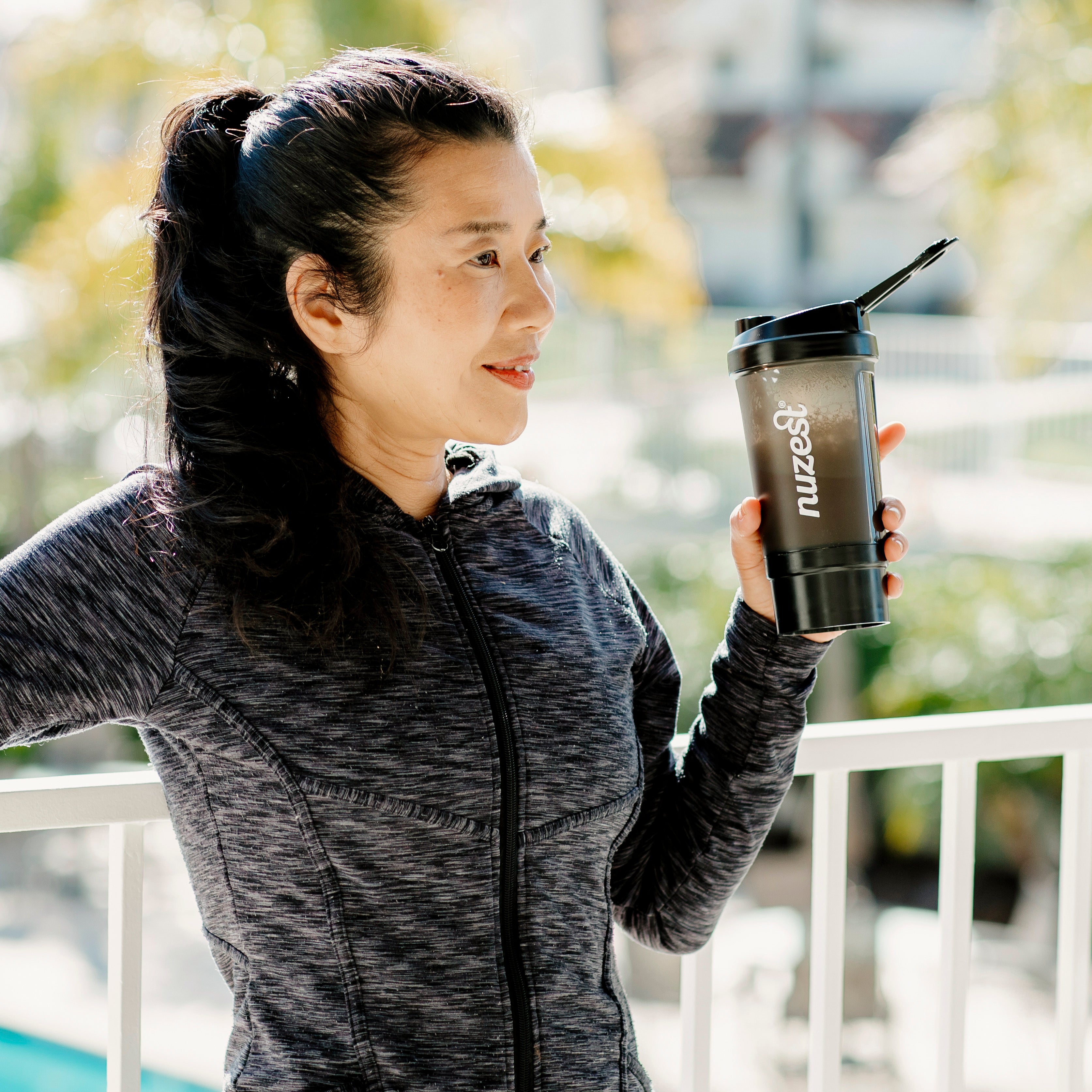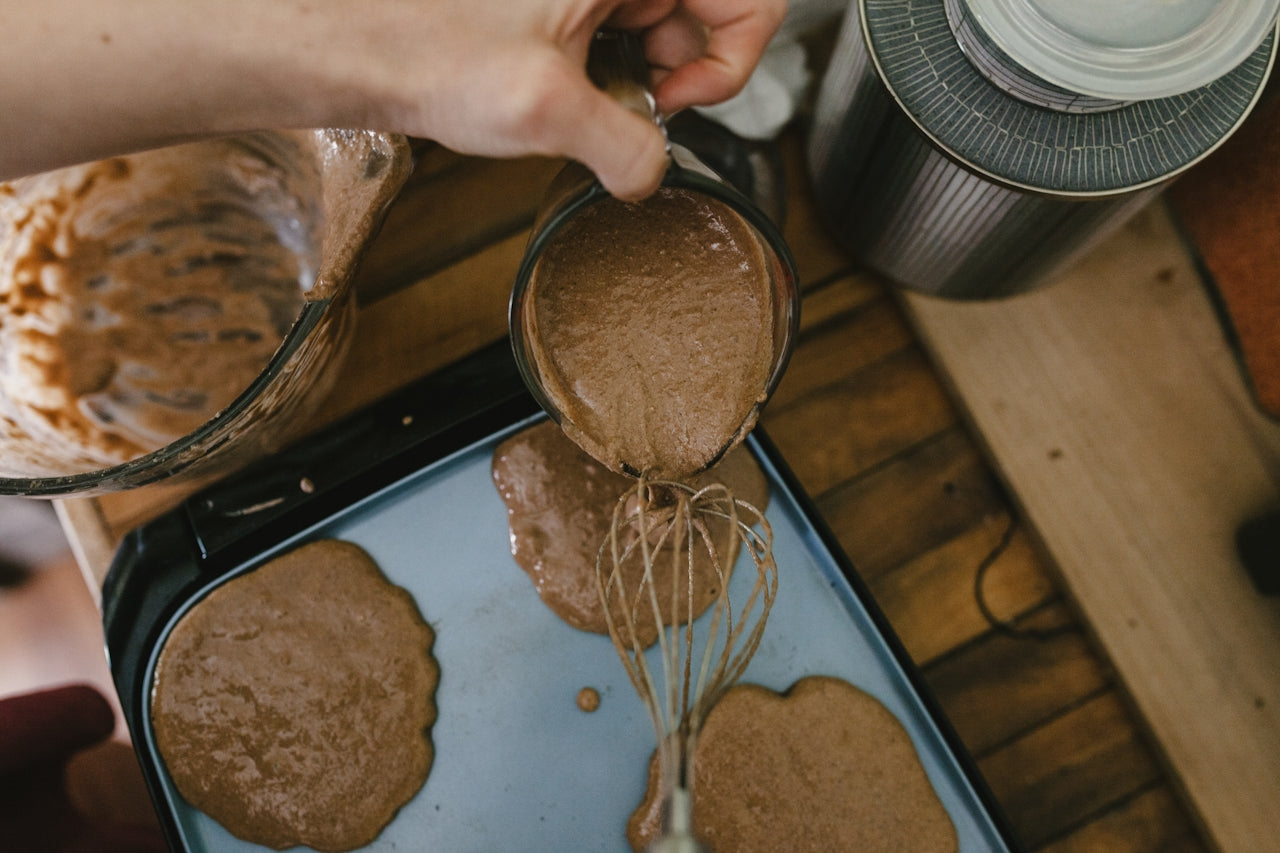If you've read the preceding 3 blogs in this series you'll now know the 'What' and the 'Why' regarding healthy weight management. This final blog is all about the 'How' in 10 easy steps, because it's really, honestly, not complicated. And I can say that because I've done it. After 25 years of trying to find a solution to my own health and weight management issues, these are the steps I took which led to both my professional aha-moment and my personal weight management salvation. What's more, it didn't take long to make huge changes that have now become permanent.
Here you go...
- Start by working out a weekly menu plan that incorporates three meals per day, with no snacks or drinks in between, other than water. Prepare to be on this for 8-10 weeks. Leave at least five hours in between meals to let your digestive and immune systems rest and recover. Some scientists uphold that our digestive tract typically receives more immune challenges in a single day than our whole body does in a lifetime. That's because food, which comes from outside our body, generates an immune reaction because it needs to be screened and responded to accordingly to make sure it won't harm us. This is why resting your digestion for extended periods between food or drink is so important. Grazing through the day puts your immune system on continuous red alert, saps your body of energy and leaves it in a permanent state of low-grade inflammation, all of which predisposes you to a significantly higher risk of chronic disease, let alone upping the number of calories you're eating that aren't offset by your activity level.
- Include good quality protein at every meal and make sure you get at least a gram of actual protein (not simply protein-containing food) for every kilogram of body weight (that about 2 oz for every 10 lbs of body weight). For instance, 100 g of chicken breast contains about 20 g of protein, 100 g of beef, typically about 25 g of protein and 100 g of legumes averages between 7-9 g of protein. Nuzest's Clean Lean Protein is a perfect choice for meals on the go or for a cost effective way to increase your daily intake of protein. It's particularly useful for vegans and vegetarians who may well be getting insufficient protein. Make sure you're mixing it with Nuzest's Good Green Stuff if you're using it as a meal replacement to feed all 12-body systems with targeted nutrition. [Not Suitable for USA market]
- Drop your fears about fat, including saturated fat, and make sure you're getting enough of the right kind, but avoid trans fats, hydrogenated fats and fats damaged by high temperature cooking. That means including some good quality, organic butter (exclusively grass fed cows where possible as long as you're not sensitive to dairy. If you are, use coconut, avocado, olive oil or another healthy fat instead), extra virgin coconut oil, avocadoes, tree nut oils (e.g. macadamia nut oil), olives and unfiltered extra virgin olive oil. Clear your cupboards of common vegetable oils e.g. rapeseed (canola), sunflower, safflower, soybean, corn etc. It's the protein and higher level of fat that keep you fuller for longer and give you better fuel for making energy so that you won't crave sugar and refined carbs.
- Keep your portions sizes modest and if necessary eat off a breakfast rather than a dinner plate. Eat mostly whole, real and unprocessed food. Minimal processing of some foods is OK, but always avoid ultra-processed and highly refined foods. Check out the Alliance for Natural Health's Food4Health plate to get some guidance about how to balance your protein, carbs and fats, along with key pointers on food preparation and eating habits.
- Make sure you're eating all the six main colour groups of vegetables and fruit on a daily basis (green, orange, red, yellow, blue/purple/black and white/tan/brown). We call this eating a rainbow every day. Plates of colourful food every day help you ensure you're getting the full phytonutrient spectrum into your diet. Nuzest's Good Green Stuff is loaded with phytonutrients to bump up what you're getting from your food because they are Nature's best (and safest) medicine. Try to introduce a new vegetable that you may not have had before every week.
- Remember that not all carbs are created equal. For the ominovores among you, in order to optimise your fat-burning metabolic pathway, try and remove all refined, starchy carbohydrates (e.g. refined grains, pizza, pasta, pulses/legumes, quinoa, amaranth, bread, cakes, biscuits, sugar and bagels etc) from your diet. Instead of starchy carbs, use a diverse colour range of vegetables as the carbohydrate base of your meals. These not only provide complex carbs, but also all-important phytonutrients. For vegetarians and vegans, keep the pulses/legumes and quinoa in your diet (as these are important protein sources), but do cut out other grains and all refined, starchy, sugary carbs as above. Vegetables and fruit are great sources of complex carbs and, eaten in sufficient quantity, they provide an ample intake of carbs for most people's energy requirements. For those who have particularly high energy requirements, such as athletes, rice, especially brown rice, and coarse oats, in small to moderate quantities according to need, alongside other protein and vegetable sources, are the grains least likely to cause adverse inflammatory or immune reactions in most people. Always try to source certified gluten-free oats if available.
- Fruit, whilst full of good stuff (phytonutrients), is also full of sugar, so limit yourself to no more than three fruits (or a handful of berries instead of one fruit) a day eaten with or immediately after a meal, where possible. Remember, no snacking!
- By increasing your vegetable content, with some fruits, you will naturally increase your fibre levels, both soluble and insoluble. Fibre is essential for the healthy functioning of your digestive tract and isn't something you can scrimp on.
- Recover the lost art of chewing! The slow, methodical, mechanical chewing along with the release of associated salivary enzymes is actually the first stage of digestion and is really important for gut function and general health. Try chewing each mouthful of solid food 30 times before swallowing.
- Where possible and when available, buy certified organic, biodynamic or sustainably produced meat, poultry, dairy, vegetables and fruit. Where you can't, check out the US' Dirty Dozen list of the foods most likely to be pesticide-contaminated, and the Clean Fifteen that are likely to contain no or harmless levels of pesticide residues if sourced from 'conventional' production.
If you're a meat eater and once you've established this eating pattern for 8 10 weeks, you'll probably find that you're ready to drop one meal of the day to naturally create a longer fast. Whilst each of us is different, many people find that they want to drop breakfast and fast through from dinner the night before till lunch the next day. But you may also want to keep breakfast and drop one of the other meals. This is a perfectly natural progression or I should say regression back to a more evolutionary norm given that we're built for famine and not for feast. Intermittent fasting also has the benefit of calorie restriction because you eat less in a day, so trust your body and go with flow. If you're vegan or vegetarian this will likely be more difficult to achieve without using a protein shake like Clean Lean Protein, as you'll have to eat more carbs in order to get sufficient daily protein.
Lastly, if you feel like you'd benefit from starting this journey with a more personalised, tailored program, supported by others and able to ask questions of myself and other experts, then check out www.bitethesun.org. It's a member's club with a wealth of information, an interactive personal dashboard and an integral social hub.










